Main Components and Structure of Tungsten Carbide Balls
- Details
- Published on Friday, 12 September 2025 16:41
- Hits: 44
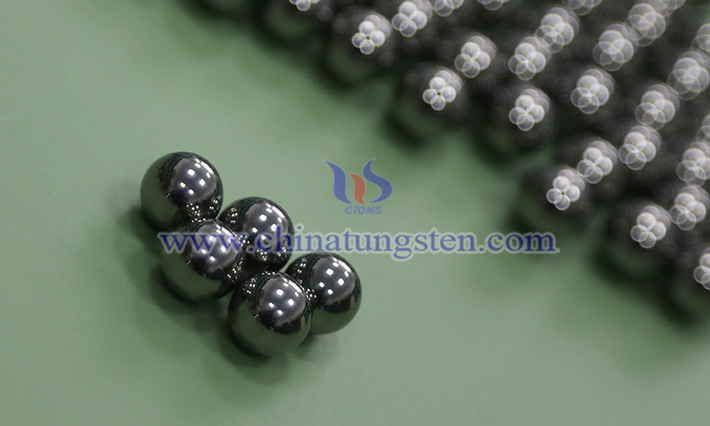
The main components of cemented carbide balls are a highly hard and wear-resistant metal carbide (usually tungsten carbide WC) and a metal binder (usually cobalt Co). The structure can be understood as: hard tungsten carbide particles are encapsulated and bonded by the relatively soft metal cobalt, forming an extremely hard yet moderately tough composite material.
Material Selection for Tungsten Carbide Balls
- Details
- Published on Friday, 12 September 2025 16:40
- Hits: 44
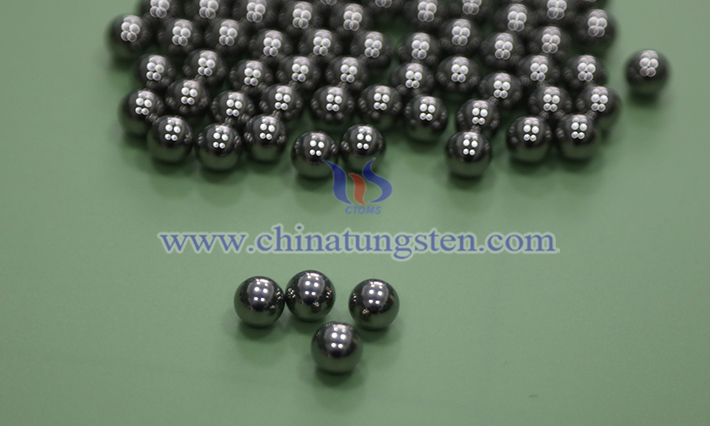
Tungsten carbide balls are manufactured using a powder metallurgy process, combining high-hardness refractory metal carbides as the hard phase and transition metals as the binder phase. Material selection should be centered around core performance requirements. The following is a detailed analysis:
Material Composition of Tungsten Cemented Carbide Balls
- Details
- Published on Friday, 12 September 2025 16:38
- Hits: 40
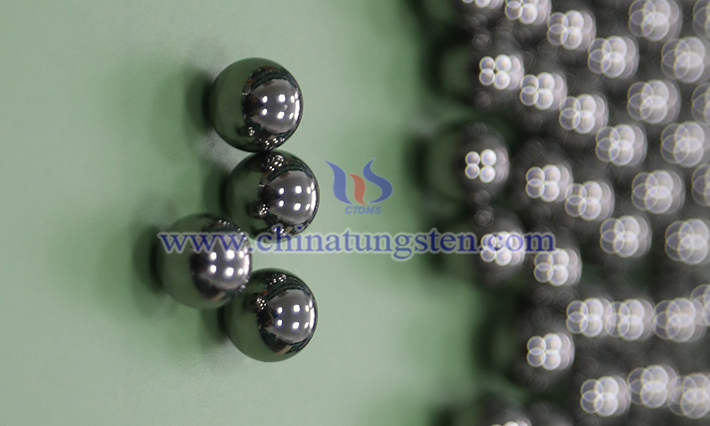
As the name suggests, tungsten cemented carbide balls are primarily made of cemented carbide. Cemented carbide is not a single metal, but rather a composite material composed of high-hardness, high-melting-point metal carbides and a metal binder, manufactured through a powder metallurgy process. Its core composition can be summarized as a "two-phase structure":
Materials for Tungsten Cemented Carbide Balls
- Details
- Published on Friday, 12 September 2025 16:37
- Hits: 41
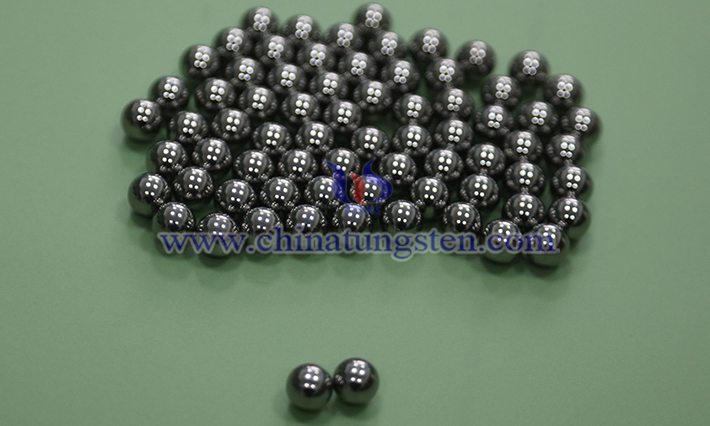
I. Main Materials for Tungsten Cemented Carbide Balls 1. Tungsten Carbide (WC):
This is the primary component of tungsten cemented carbide balls. It possesses extremely high hardness and wear resistance, and serves as the core material providing the ball's strength.
Surface Quality Inspection Methods for Tungsten Cemented Carbide Balls
- Details
- Published on Friday, 12 September 2025 16:35
- Hits: 41
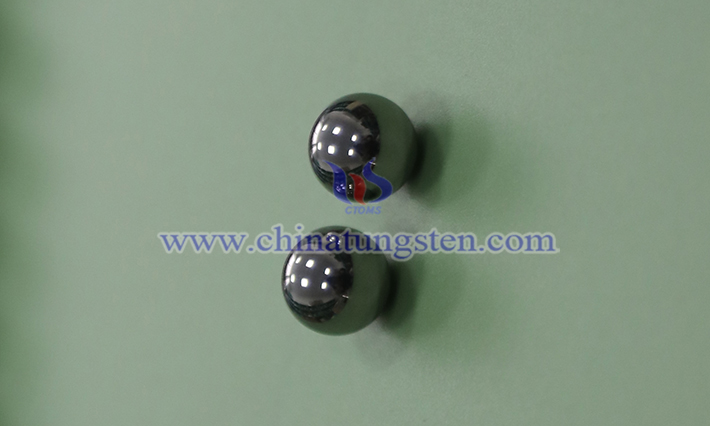
Due to their high hardness, wear resistance, and excellent mechanical properties, tungsten cemented carbide balls are widely used in precision bearings, valve seals, and measuring instruments. Their surface quality directly impacts service life, sealing performance, and operating accuracy, making surface quality inspection a critical step in production and application. Surface quality inspection primarily focuses on defects (such as cracks, pits, scratches, and pores), roughness, uniformity, and residual stress. The following introduces several commonly used inspection methods, combining traditional techniques with modern nondestructive testing methods to address various precision requirements and production scenarios.
Tungsten Carbide Balls Quality Control
- Details
- Published on Friday, 12 September 2025 16:28
- Hits: 42
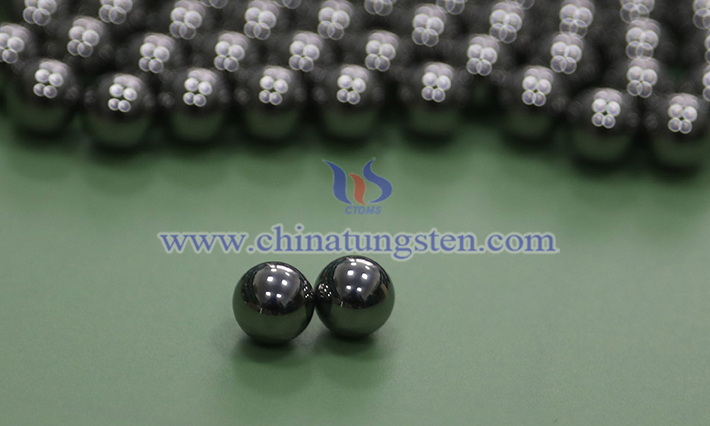
Quality control of tungsten carbide balls is critical to ensuring their performance meets application requirements. This requires comprehensive management from raw materials and production processes to finished product testing, combining advanced testing methods with rigorous process monitoring to ensure stable product performance.
Tungsten Alloy Discs: The "Hardcore" Backbone of the Target Field
- Details
- Published on Friday, 12 September 2025 15:45
- Hits: 49
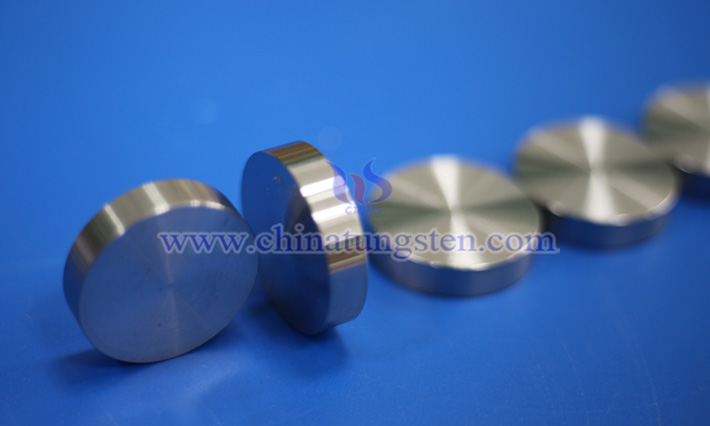
Tungsten (W), renowned as the "industrial tooth" for its high hardness, wear resistance, and chemical stability, plays a pivotal role in materials chemistry and manufacturing. As a refractory metal, tungsten’s atomic structure imparts a high melting point and excellent mechanical strength. When alloyed with elements such as nickel, titanium, or tantalum and formed into discs, its applications in the target field demonstrate outstanding performance.
Tungsten Alloy Discs: A Regulating Material in the Counterweight Field
- Details
- Published on Friday, 12 September 2025 15:42
- Hits: 48
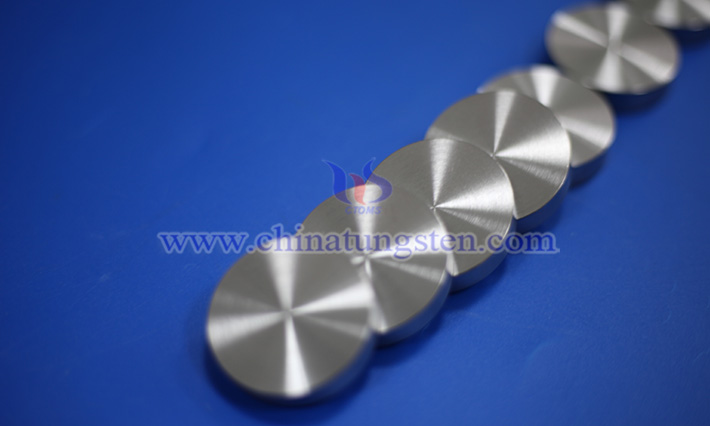
Tungsten alloy discs, leveraging their exceptional mechanical, thermal, and chemical properties, have become a critical high-performance material in the counterweight field. CTIA GROUP LTD tungsten alloy discs primarily consist of tungsten as the core component, supplemented with elements such as nickel, iron, and copper, and are manufactured through powder metallurgy processes. They are widely applied across various scenarios, from precision instruments to heavy equipment.
Performance Comparison of Tungsten and Titanium Targets
- Details
- Published on Thursday, 11 September 2025 20:31
- Hits: 49
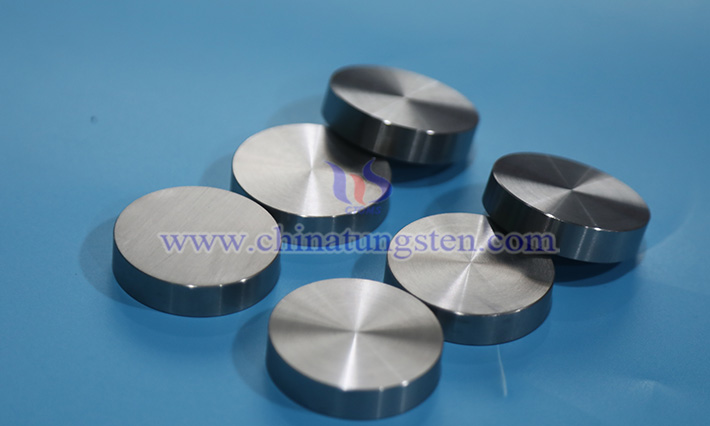
In the fields of thin film deposition and semiconductor manufacturing, the choice of target material plays a crucial role in process stability and product quality. Titanium and tungsten targets, as two commonly used sputtering materials, each offer distinct advantages in different application scenarios due to their unique physical and chemical properties.
Performance Comparison of Tungsten and Aluminum Targets
- Details
- Published on Thursday, 11 September 2025 20:27
- Hits: 38
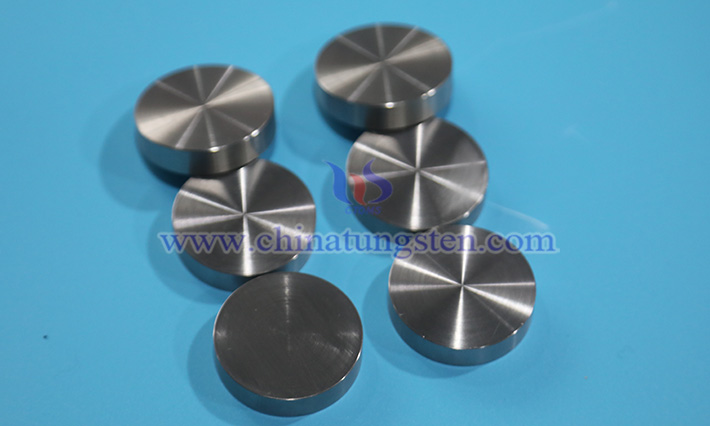
In the fields of thin film deposition and semiconductor manufacturing, the choice of target material is crucial for process efficiency and product quality. Aluminum and tungsten targets, as two commonly used materials in sputtering processes, have distinct application focuses due to differences in their physical and chemical properties.


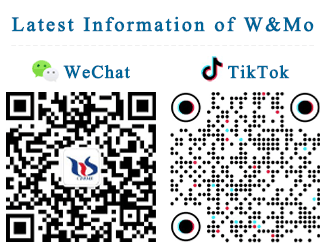
 sales@chinatungsten.com
sales@chinatungsten.com